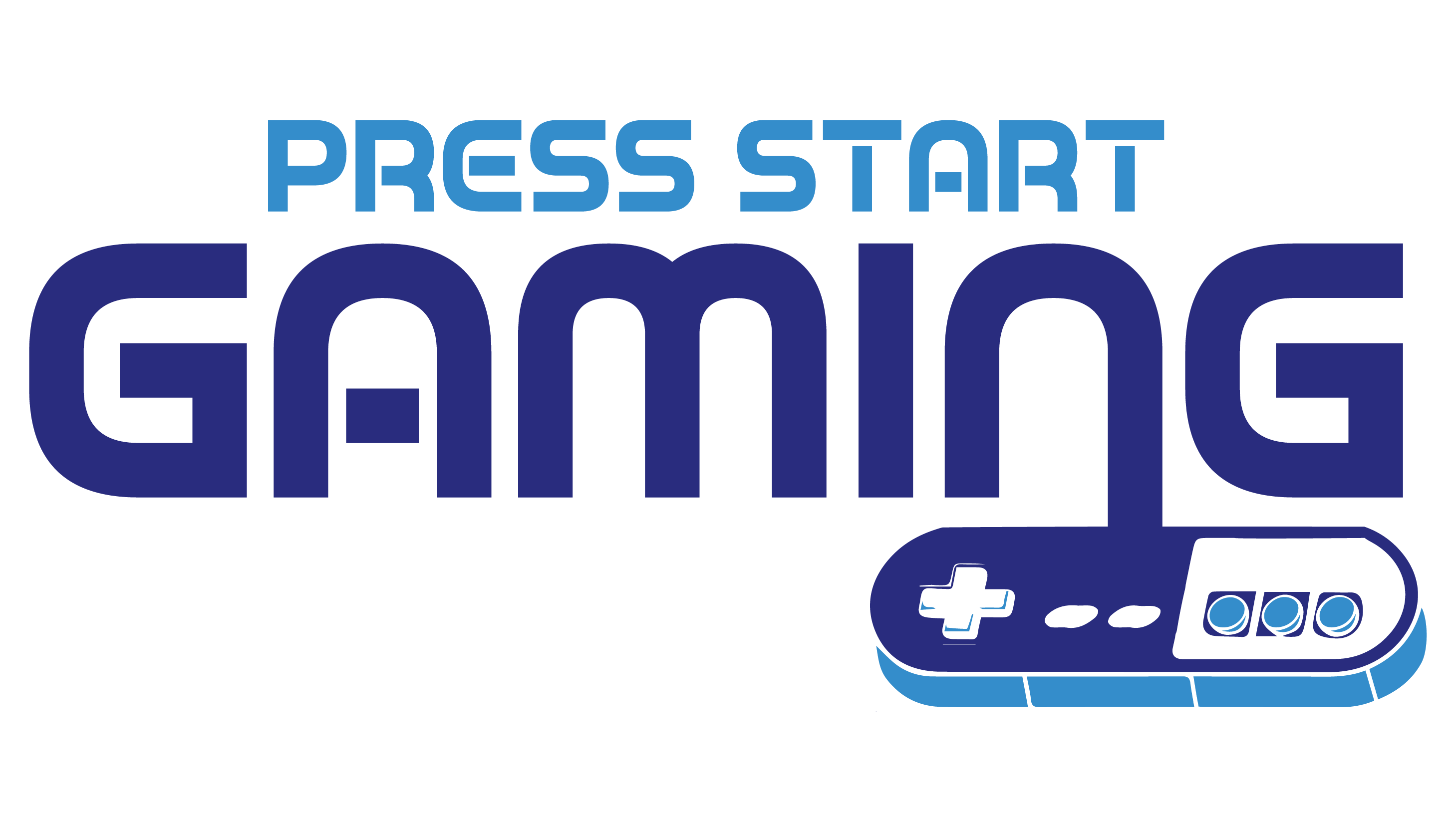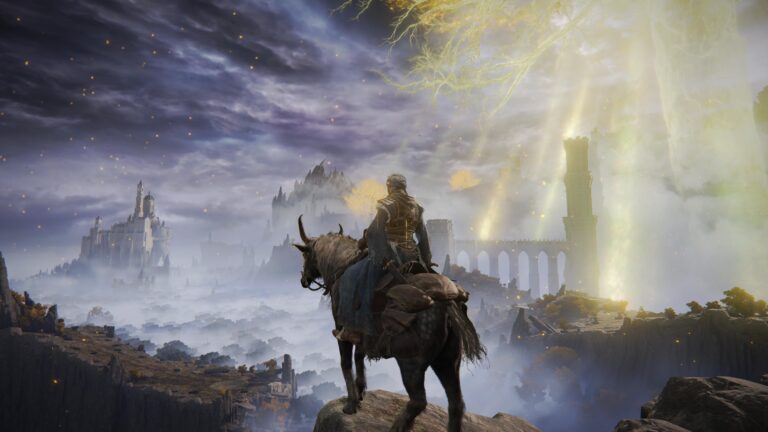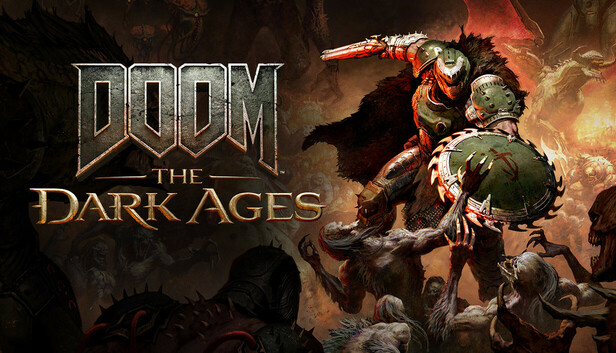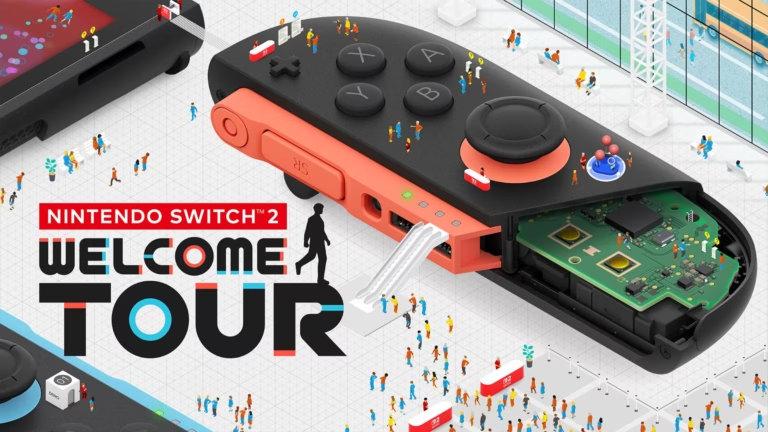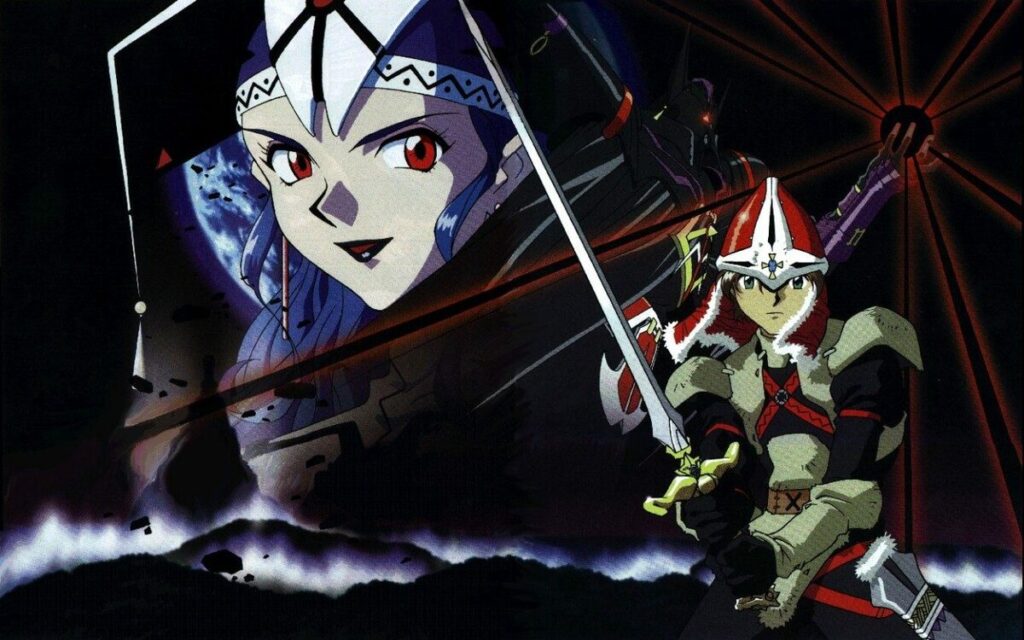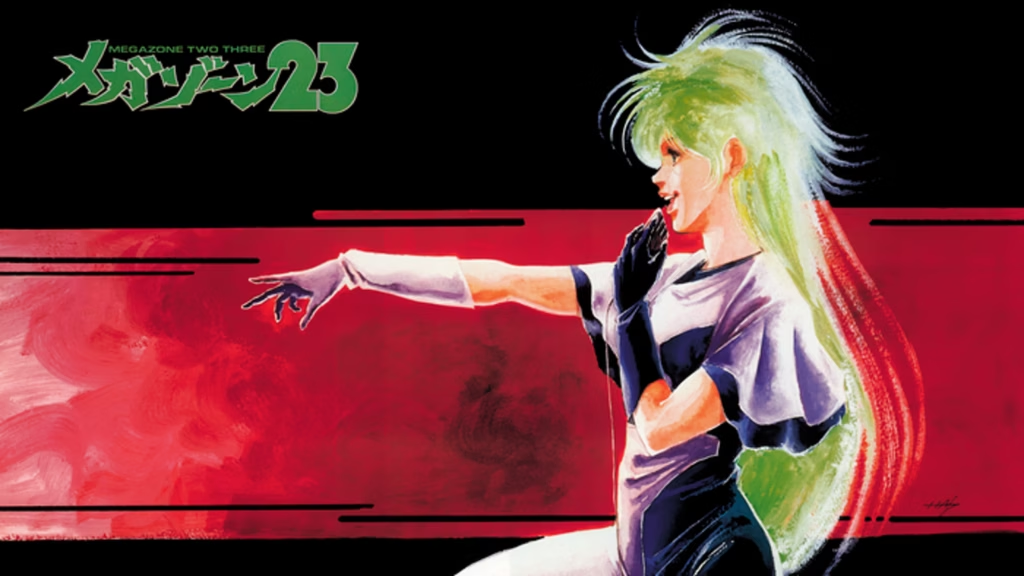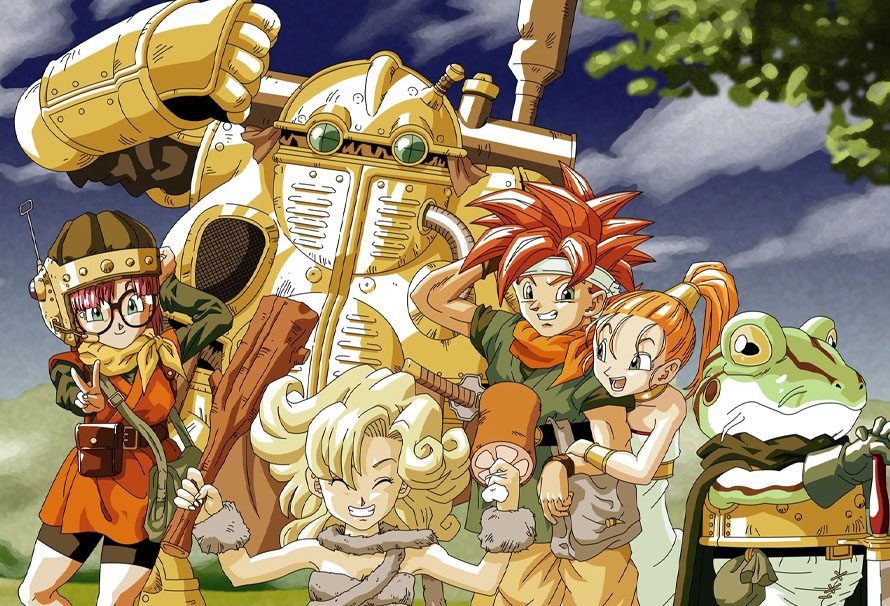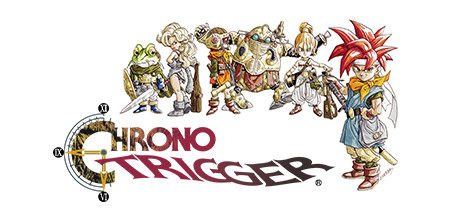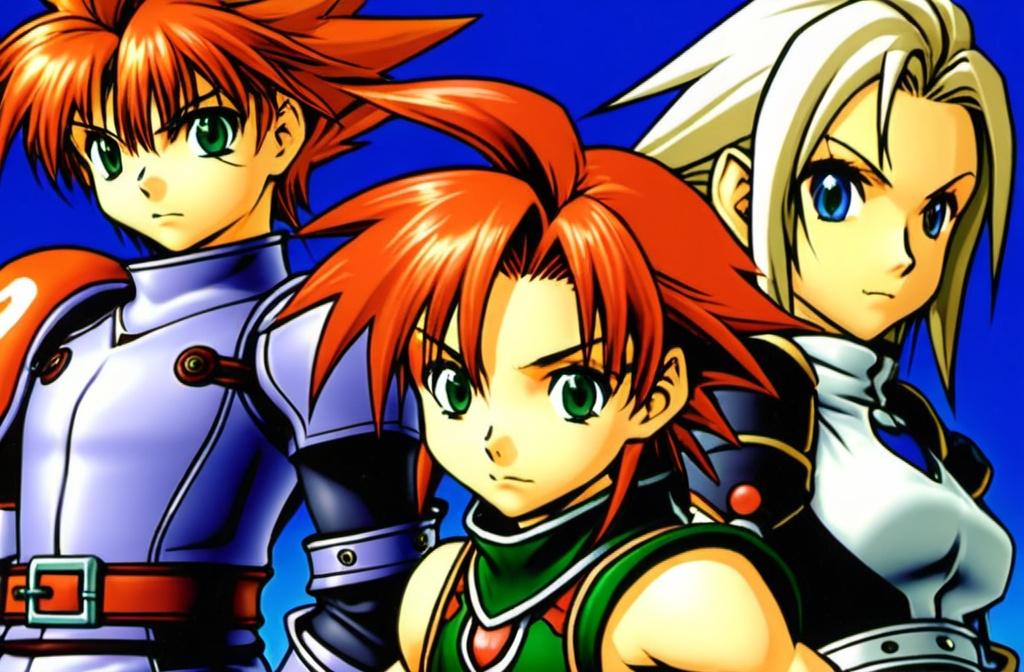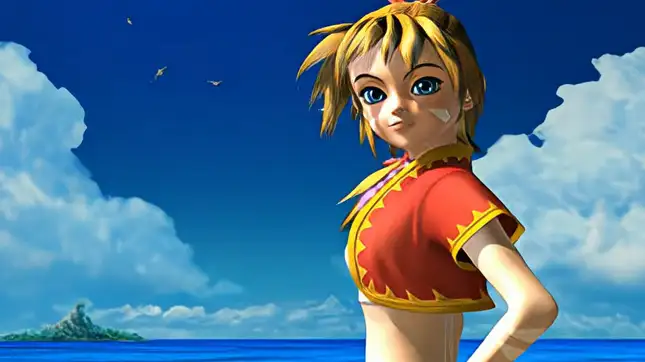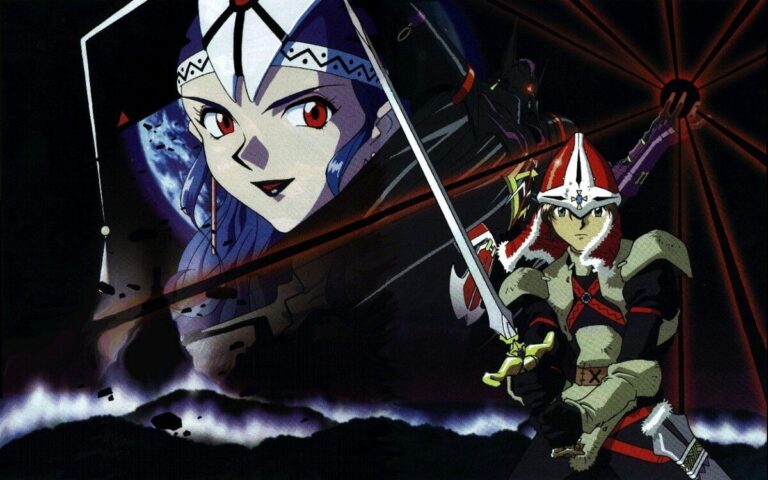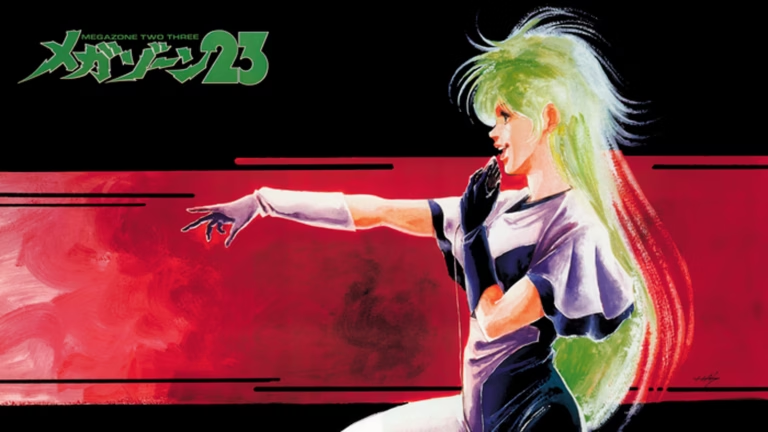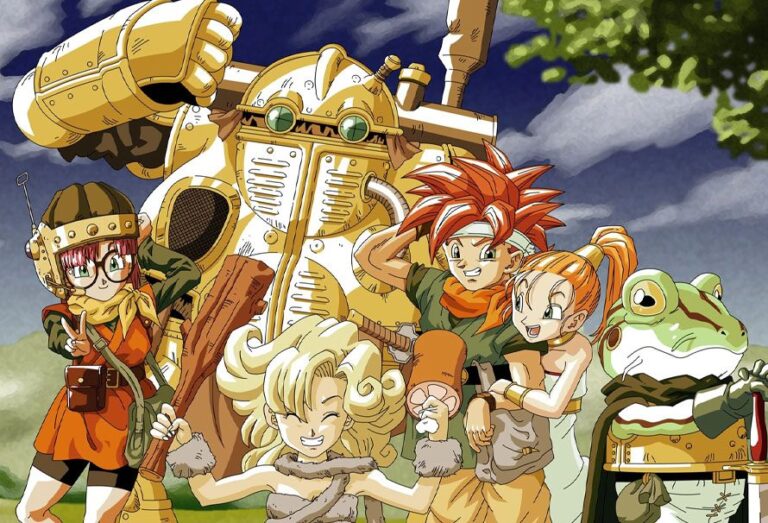Game data not found.
Story
Onimusha 2: Samurai’s Destiny transports players to a rich and turbulent era in Japan’s history, blending historical events with supernatural elements. The narrative unfolds in the late 16th century, a period marked by the constant warfare of the Sengoku era. The story follows a new protagonist, Jubei Yagyu, a skilled swordsman who embarks on a quest for vengeance after his village is decimated by the demonic forces serving the sinister warlord Nobunaga Oda.
The plot thickens as Jubei discovers his heritage and the mystical power of the Oni clan. As a descendant of the Oni, Jubei is bestowed with the ability to harness their power, which becomes crucial in his mission against the Genma army. His journey takes him through various regions of Japan, each populated with a cast of intriguing characters and fearsome enemies. The story is further enriched by the introduction of multiple allies, each with their own backstory and motivations, adding depth and complexity to the narrative.
Gameplay
Onimusha 2: Samurai’s Destiny builds upon the foundation laid by its predecessor, enhancing the action-adventure formula with new mechanics and features. The gameplay retains the series’ signature blend of swordplay and puzzle-solving, offering a satisfying mix of combat and exploration. Players control Jubei as he navigates through intricately designed environments, battling the Genma hordes with a combination of melee weapons and mystical abilities.
Combat System
The combat system is both intuitive and challenging, requiring players to master timing and strategy. Jubei can execute a variety of attacks with different weapons, each offering unique advantages and drawbacks. The introduction of the Soul Absorption mechanic, where players collect souls from defeated enemies to enhance Jubei’s abilities and weapons, adds a strategic layer to engagements. Additionally, the game incorporates an innovative partner system, allowing players to build relationships with allies and influence the course of the story.
Exploration and Puzzles
Exploration is a core aspect of the gameplay, with players encouraged to revisit areas to uncover secrets and solve puzzles. These puzzles often require players to use their acquired skills and items creatively, rewarding them with valuable upgrades and new paths. The game world is meticulously designed, offering a seamless blend of linear progression and open-ended exploration.
Graphics and Sound
Onimusha 2: Samurai’s Destiny showcases significant improvements in graphics and sound over its predecessor. The game’s visuals are striking, with detailed character models and atmospheric environments that vividly capture the essence of feudal Japan. The use of pre-rendered backgrounds provides a cinematic quality to the game, enhancing the immersive experience.
Visuals
The character designs are a standout feature, reflecting the historical and mythical influences that permeate the game. The animations are fluid and dynamic, particularly during combat sequences, where the choreography of swordplay is both thrilling and visually impressive. The attention to detail in the environments, from the bustling towns to the eerie Genma-infested landscapes, contributes to the game’s rich atmosphere.
Sound Design
The sound design is equally noteworthy, with a soundtrack that complements the game’s tone and setting. Composed by Mitsuhiko Takano, the music blends traditional Japanese instruments with orchestral elements, creating a score that is both haunting and evocative. The voice acting, available in both Japanese and English, is well-executed, adding depth to the characters and enhancing the narrative.
Legacy and Reception
Upon its release, Onimusha 2: Samurai’s Destiny received critical acclaim for its engaging story, refined gameplay mechanics, and impressive audiovisual presentation. It was praised for enhancing the core elements of the original Onimusha while introducing new features that expanded the series’ scope and depth. The game’s success solidified Onimusha’s place as a prominent franchise in Capcom’s portfolio, contributing to the resurgence of interest in action-adventure games during the early 2000s.
The introduction of Jubei Yagyu as a protagonist was well-received, with players and critics appreciating the depth of his character and his journey. The game’s partner system was also highlighted as a novel addition that added replay value and encouraged players to explore different narrative paths. Onimusha 2’s impact was further underscored by its influence on subsequent titles in the series, which continued to build upon the foundations it established.
Conclusion
Onimusha 2: Samurai’s Destiny stands as a testament to Capcom’s ability to innovate within the action-adventure genre. Its compelling narrative, coupled with robust gameplay mechanics and immersive audiovisuals, has left a lasting impact on the gaming landscape. The game’s blend of historical and supernatural elements offers a unique experience that resonates with players even today. As part of the Onimusha series, Samurai’s Destiny has cemented its legacy as a beloved classic, continuing to inspire and entertain new generations of gamers.
